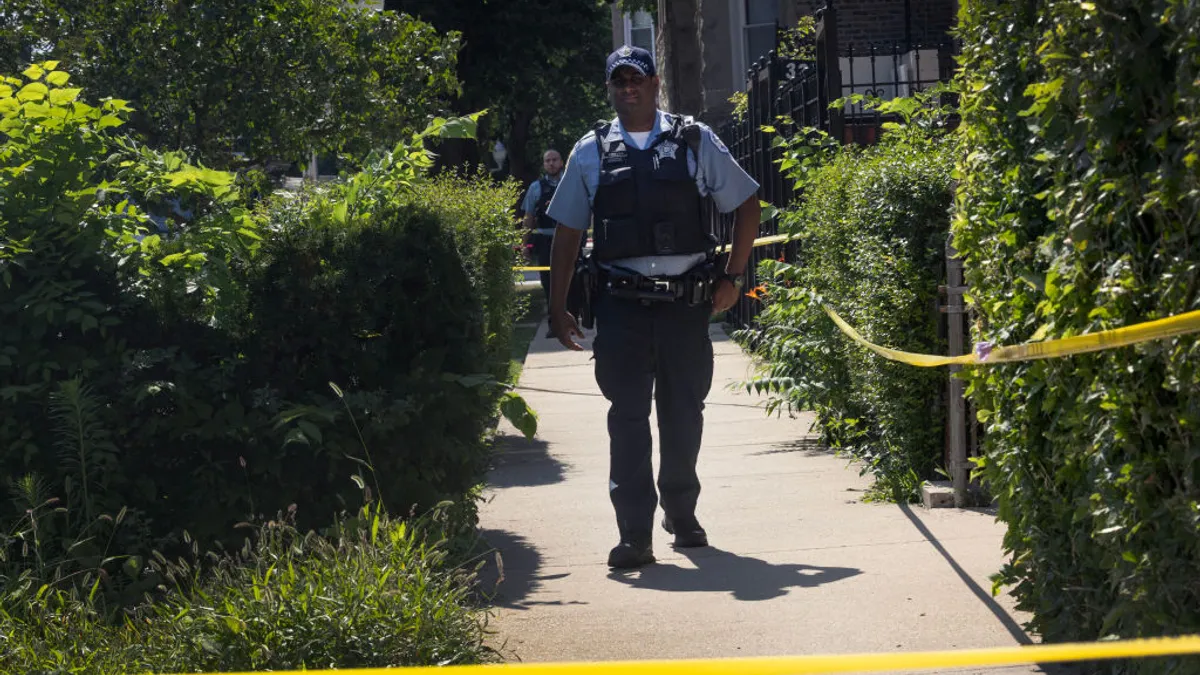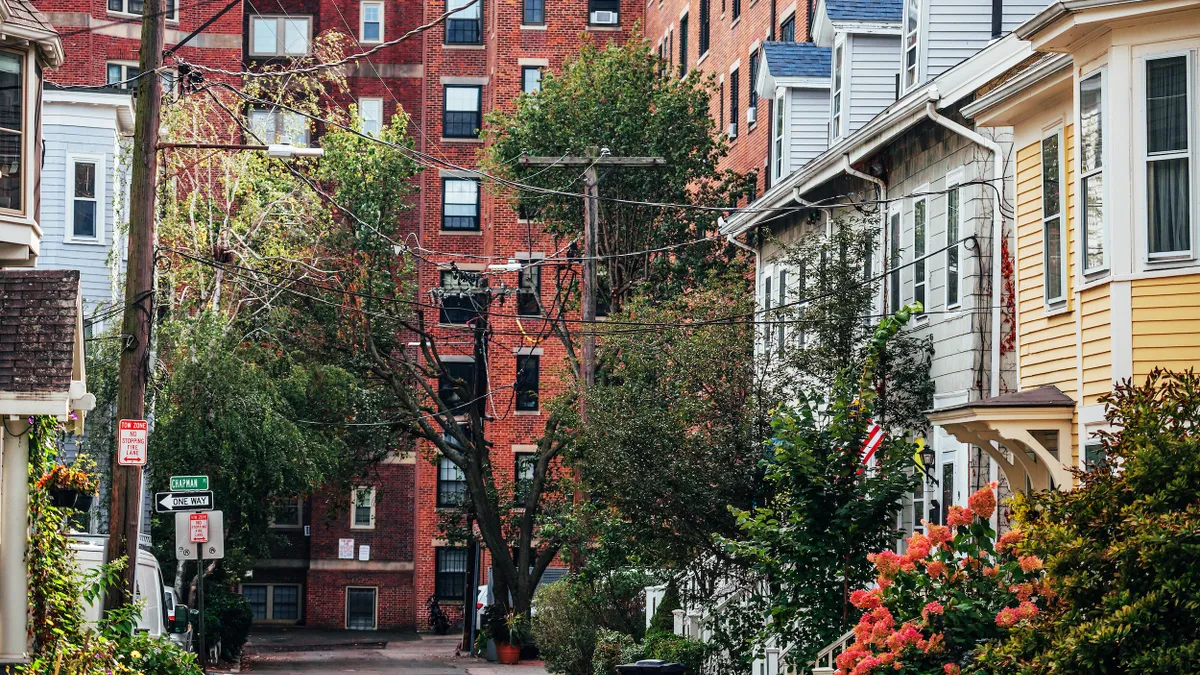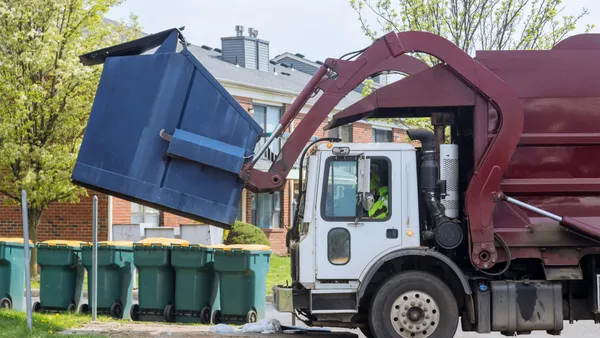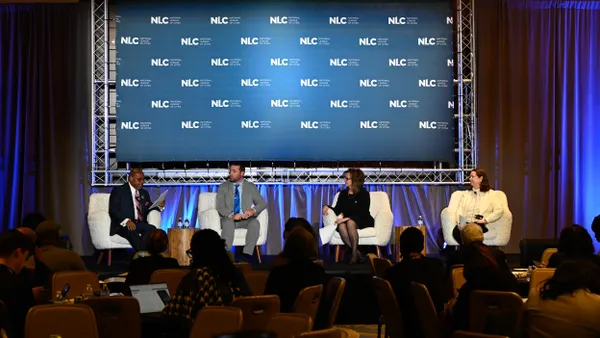Resource-efficient interventions like training detention facility staff, integrating behavioral science into public schools and making better use of readily available data could significantly reduce gun violence without costing cities money, a University of Chicago behavioral economist said during a talk Tuesday at the New York University Robert F. Wagner Graduate School of Public Service.
Jens Ludwig, director of the University of Chicago Crime Lab, said political arguments about how to address gun violence don’t consider that shootings are often the result of emotionally charged behavior. Understanding behavioral economics, which looks at how people make decisions and why they don’t always act rationally, can help communities implement social programs that mitigate irrational actions, he said. He explores these ideas further in his soon-to-be-released book, “Unforgiving Places: The Unexpected Origins of American Gun Violence.”
“Think of your own favorite solution to the crime problem — more cops and more prisons if you’re on the right, more social programs and school spending and Head Start and drug treatment on the left — and throw that all out the window because cities are going to be flat broke for the foreseeable future,” Ludwig said. “This behavioral economics perspective gives us a reason for hope [that] there are really pragmatic, zero-cost paths out of this trap.”
Juvenile justice workers can teach kids to recognize triggers and control their emotions, Ludwig said. In one Chicago detention center, staff members implemented social programs based in behavioral economics instead of “just standing along the wall, watching kids watch TV,” Ludwig said. The programs reduced recidivism rates by 20%, he said.
Data-driven policing and community violence intervention
Cities should also use data to predict when and where gun violence will occur so they can target resources toward those areas, Ludwig said. Citing another example in Chicago, Ludwig pointed to a spike in shootings at a liquor store on the South Side that stays open until midnight, two hours after every other liquor store in the area closes, he said. Stationing a police officer near that liquor store every night between 10 p.m. and midnight would be a logical preventive step, he said.
“Using data, rather than our half-baked human intuition, can double the amount of crime prevention you get from the money cities are already spending on eyes on the street, cops, violence interrupters and that sort of stuff,” Ludwig said.
Implementing behavioral economics programs in public schools and detention centers and making use of data won’t stop gun violence on their own, Ludwig said. But combining them with structural environmental fixes could make a serious dent, he said. Fixes he mentioned include turning vacant lots into pocket parks, improving street lighting and encouraging retail development for more “eyes on the streets,” which can reduce shootings by up to 30%, he said. “You’re stacking 10, 20, 30% gains on top of each other, and you’re starting to really move the needle on this seemingly intractable gun violence problem,” Ludwig said.











